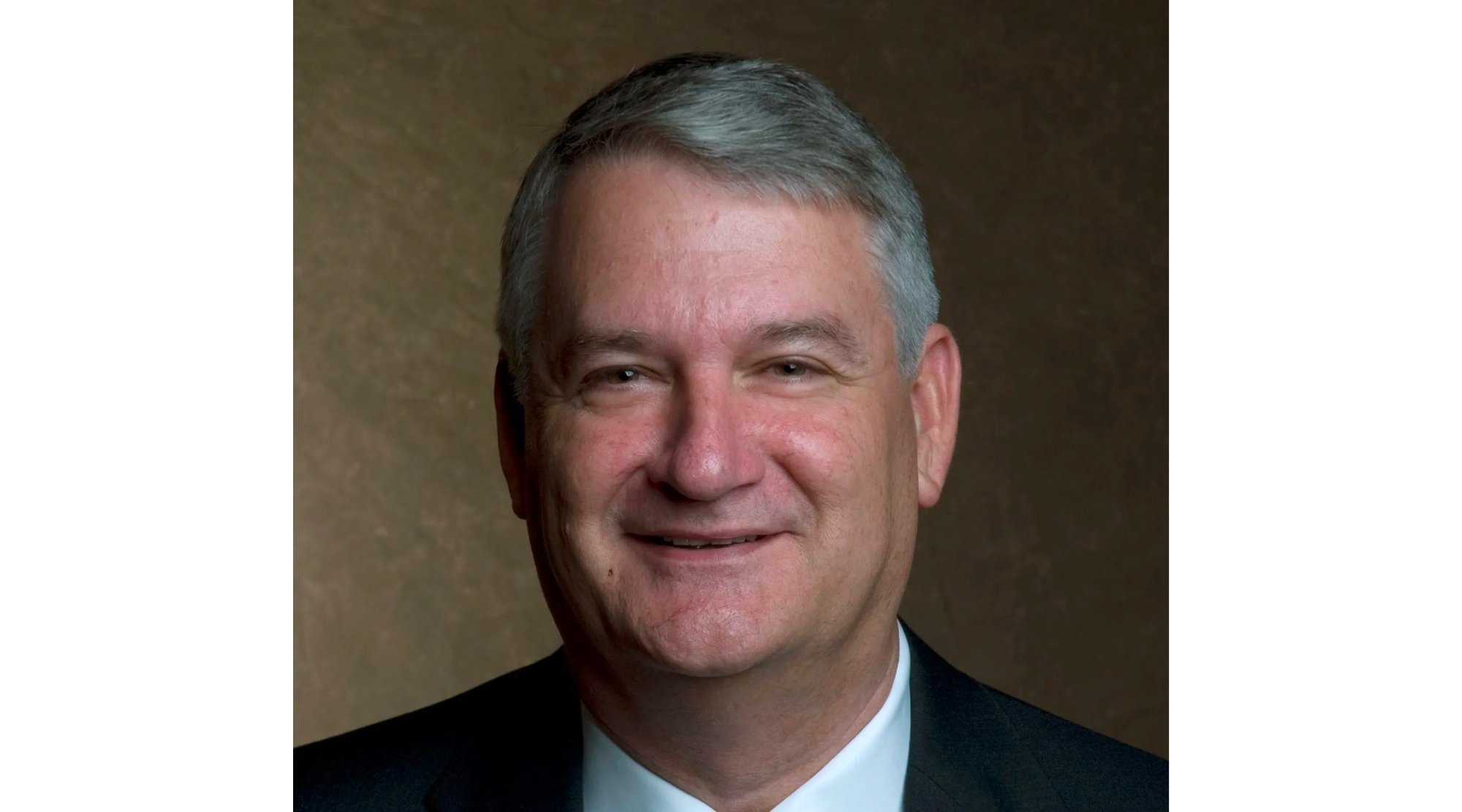Southeastern Holiness University
Published 4:55 pm Tuesday, June 19, 2018
This was likely not the school that your parents attended. There are no class reunions held annually or pleas to help with the annual fund drives. There is no known mascot, school colors or alma mater. In fact, most reading this will have never heard of the once proud Southeastern Holiness University which was located right here in Donalsonville, Georgia.
I recently came across the school catalogue for SHU on eBay, which I purchased for $15. It was for the school year 1915-1916. The catalogue was printed by the Donalsonville Enterprise, the local weekly newspaper at the time. The Donalsonville News began publishing the following year.
Local residents might be aware of the one lasting legacy of the University, which was also known as the Southeastern Holiness Institute. The imposing 3 story main building that for many years has been the front entrance of the Donalsonville Hospital was the main building of the school. In 1918, it was converted to a hospital and was known for decades as Chason’s Hospital.
Local resident and pioneer, T.J. Shingler, served as the President of the Board of Trustees. In 1910, Shingler gave 40 acres of land and one thousand dollars to begin the work. Due to the passing of Shingler’s wife, work did not begin in earnest until 1914. By the time of the printing of the catalogue, the nearly 60 room main building was finished and a number of homes had been built on the campus.
The elegant three story brick building was heated by steam and lighted with electricity throughout. According to the catalogue, the building had nice toilets and lavatories. The school had its own waterworks with pure water provided by a deep well.
All of this occurred while Donalsonville was still a part of Decatur County. The town was described as one of the best, most up-to-date small towns in the country, with many of the advantages of a small city.
The location was important in attracting students, and the city was advertised as being in a very healthful and fertile belt, away from the severe cold of the North and the blizzards and droughts of the West. Gulf breezes tempered the atmosphere giving the area warm winters and mild summers. This was obviously written before global warming.
The school had the following departments: College of Liberal Arts, Academy (high school), School of Theology, Normal Department, Business Department, Department of Art, Department of Oratory, Conservatory of Music, Kindergarten and Preparatory. Students from kindergarten through college were accommodated.
The Music and Oratory Departments had frequent recitals, as did the College Orchestra. There was a well-stocked library that offered encyclopedias and dictionaries, along with volumes covering literature, history and science.
The University was dedicated to providing an environment that fostered the highest spiritual development of the students. They were required to attend chapel every day, Sunday School and two preaching services on Sunday. A prayer and praise service was held on Saturday night. If that was not enough religious instruction, there was a series of revivals held each year.
The University was only open to persons of good moral character. Sinful indulgences and immoral habits were not allowed. The use of intoxicants, opiates and tobacco were positively forbidden.
The tuition costs $18 per semester. In addition, there was an incidental fee of $1 and a music fee of 50 cents to be paid by all students for each semester. Room and Board, including board, room, light and water was $3 per week.
In addition to the many interesting facts found in the catalogue, there are numerous pictures of the newly constructed building providing some of the very earliest documentation of one of the city’s most important structures. The building was placed on the National Register of Historic Places in 1982.
The booklet also features some of the very earliest advertisements in the back, providing a glimpse of what early life in Donalsonville was like. Jno B. Lane Family Grocery provided delivery anywhere in town. Julian Hodges was the local cleaner, specializing in the hats. His telephone number was 9.
Charles M. Blackledge was both a jeweler and an optician. He could be found at the Donalsonville Jewelry Company. The Donalsonville Live Stock Company boasted of having been in business for ten years. They proudly sold horses, mules and buggies.
Who knows where this priceless book has been residing for the past 103 years. It is good to know that this treasure has finally made its way home to take its place documenting part of the early history of this community.


